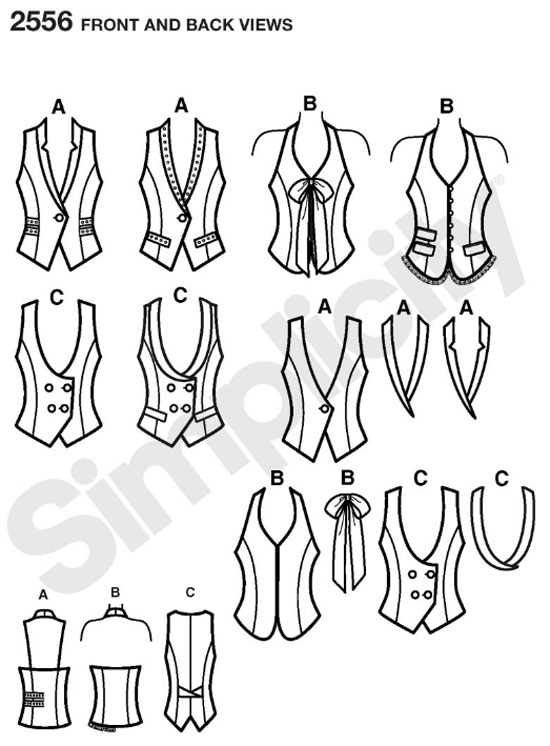So, I recently purchased this book on Ebay: McCall's Step-By-Step Sewing Book REVISED Guide to Smart Sewing (1967). Here check the front cover:

The book was highly recommended by my sewing teacher in my tailoring class for extra credit. The first chapter called "Fashion an Image" carefully explains the importance of making certain fabrics happily co-exist with design elements to give the illusion of looking taller, shorter, and just looking fabulous in our unique "body idiosyncrasies". McCall's book refers to it more bluntly as "Figure Flaws", but I refuse to perceive my natural curves as a flaw. Nope! Wrong-o! Now, in there defense, the book was published in the late 60's. So, you are forgiven McCall.
The chart that has intrigued me clearly outlines possible solutions and what to avoid for our "figure-ly shapes." Pictures are worth a thousand words, so I will incorporate visual images strictly based on McCall's Chart for (ugh!) "Figure Flaws".
If you are
Hip Heavy, McCall's book suggest these
solutions:
"Create interest at neck and shoulder line. Broaden shoulder line."




and
AVOID the following: "Hip revealing skirts, jackets, overblouses, peplums, and cuffs that are on hipline."
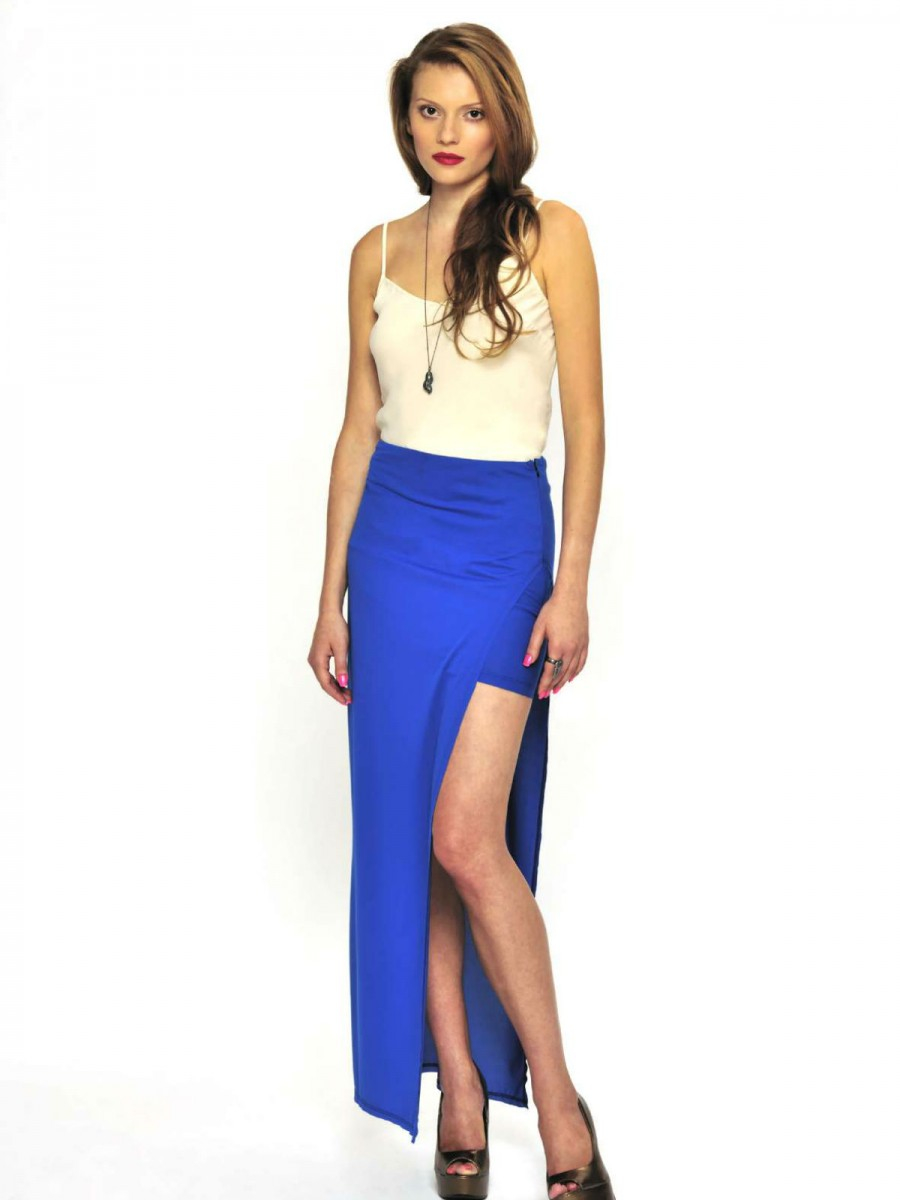

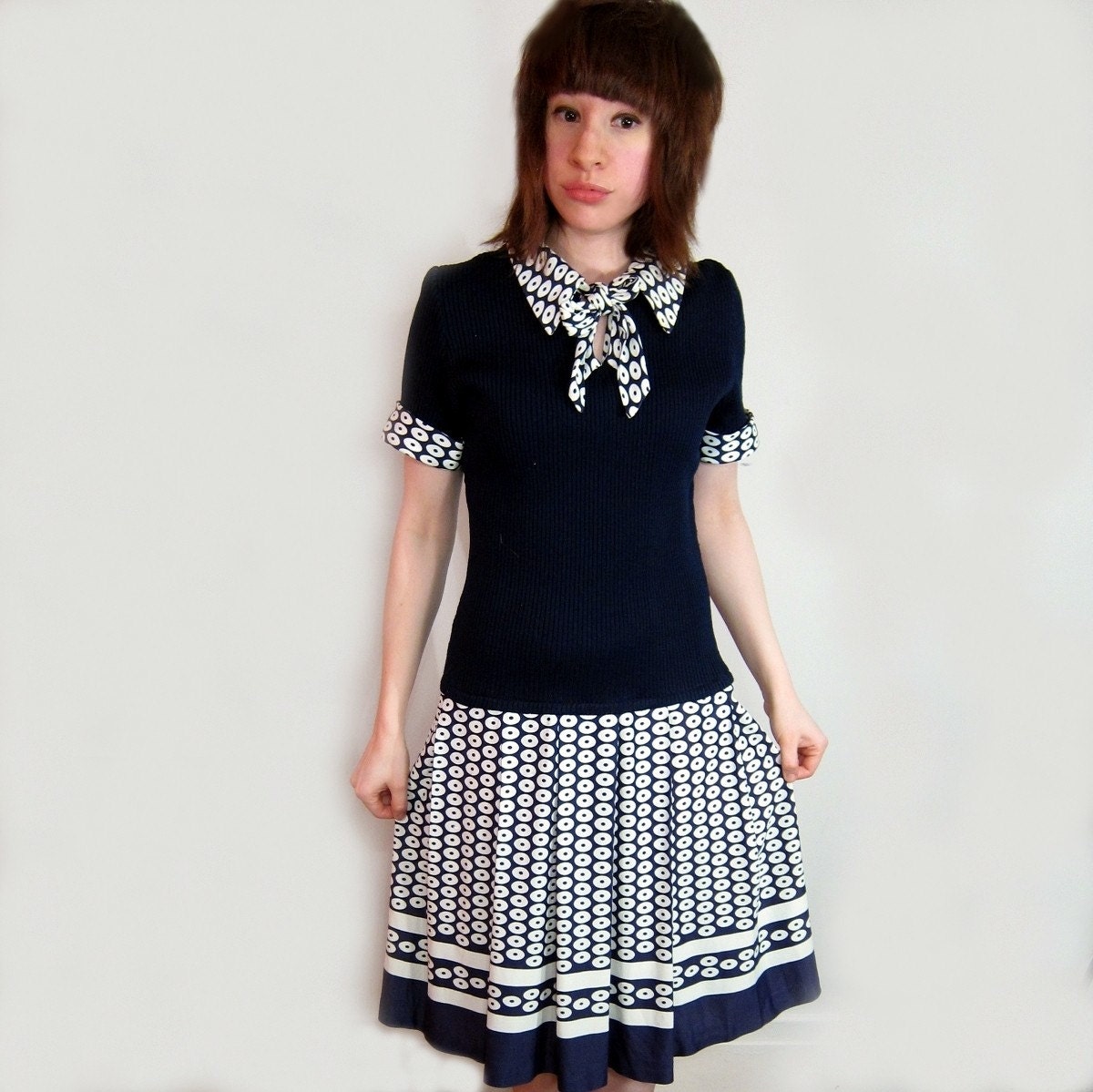
If you have a
SMALL BUST, McCall's book suggest these
SOLUTIONS:
"Softly draped bodices, collars, decorative bodice details."
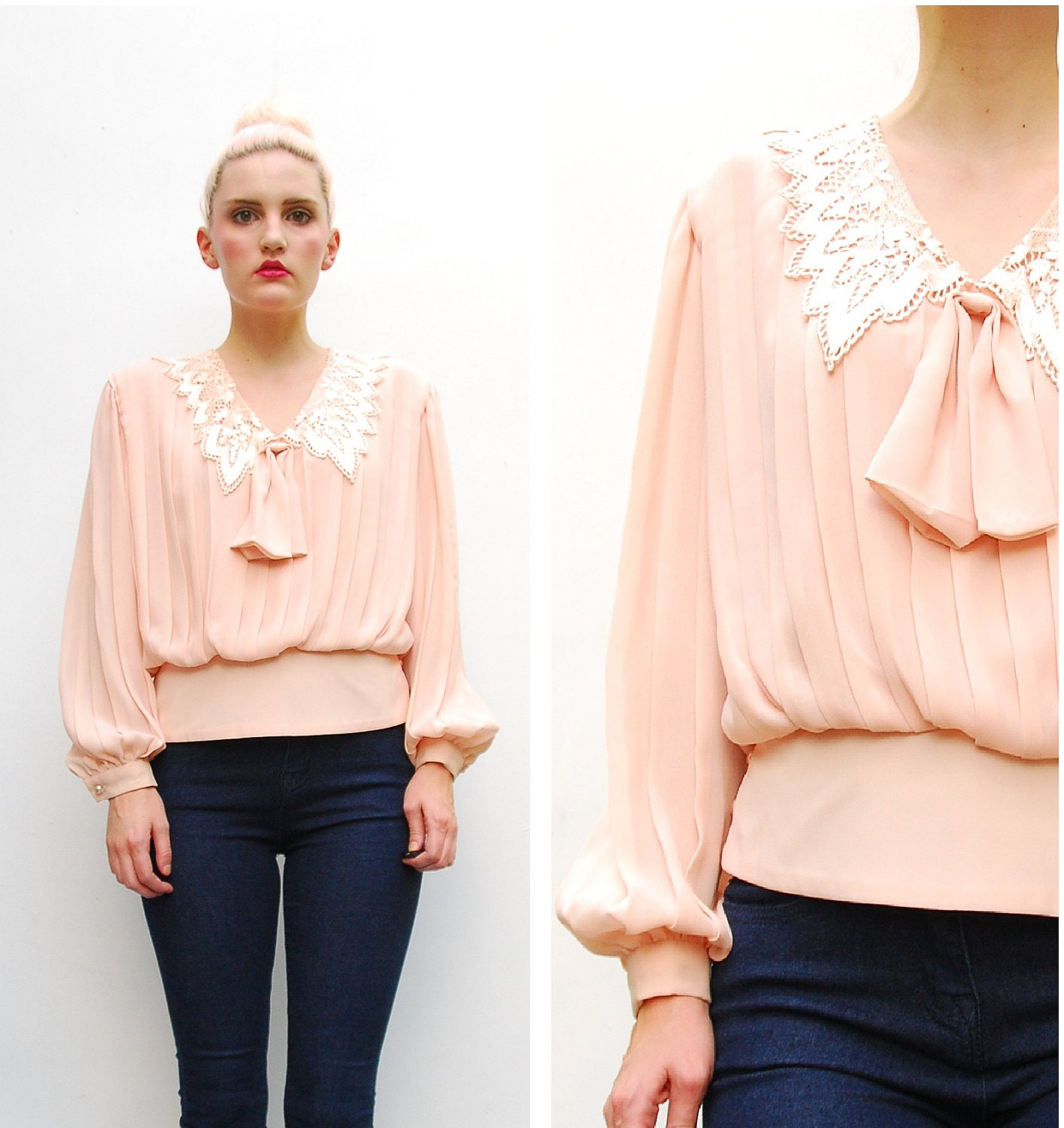



and
AVOID the following: "Very high or low necklines, plain bodice."
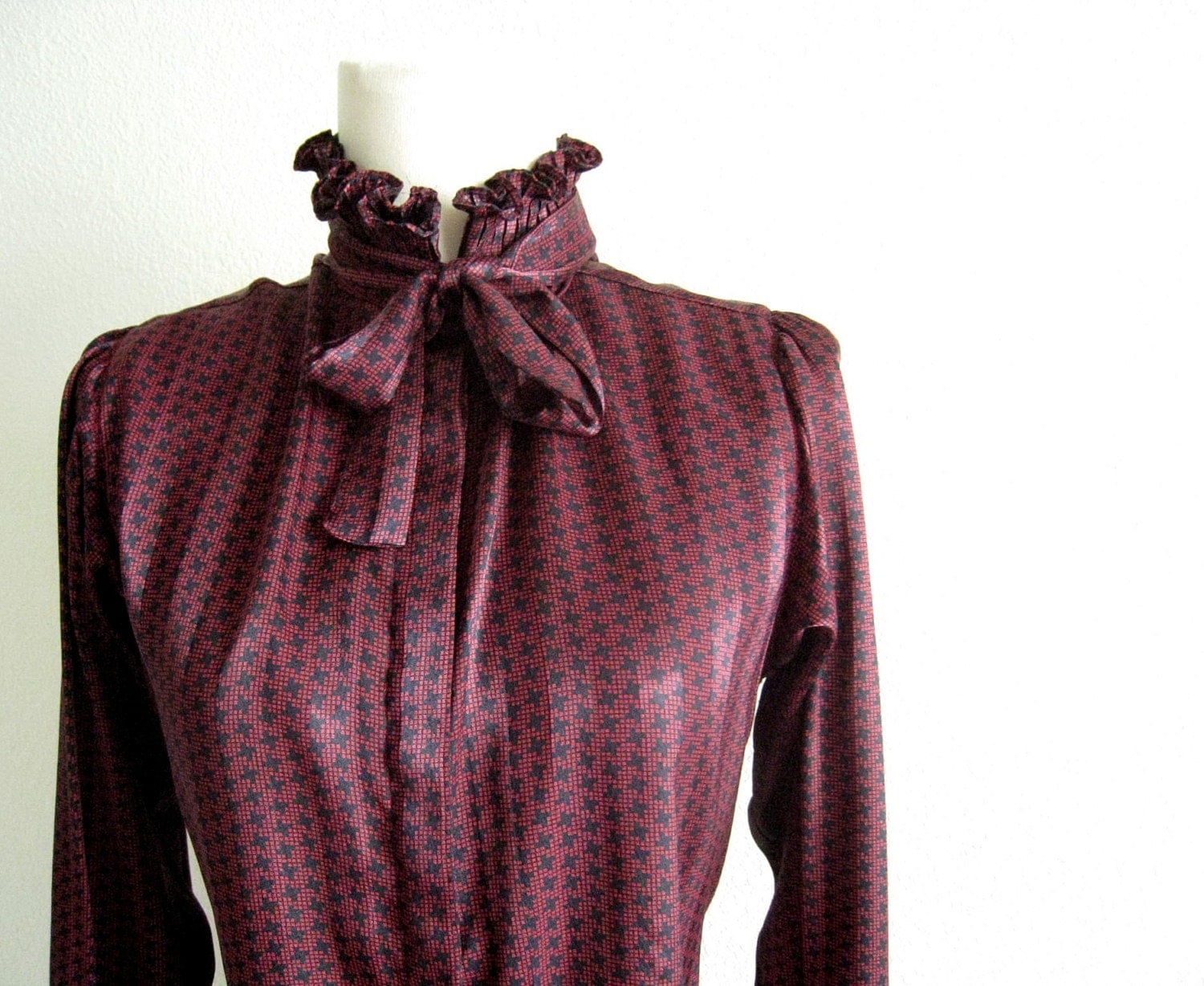


If you have a
LARGE BUST, these are the suggested solutions: " Softly draping, simple necklines, surplice closings, long or 3/4 sleeves."



and according to McCall's book, you should
AVOID the following: "Low necklines, deep V-necklines, and plain bodice."




























